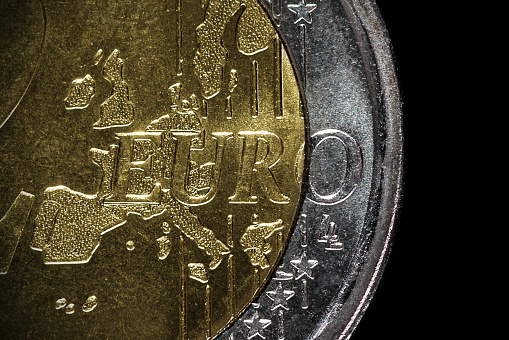The early optimism in European stock markets was rapidly washed out at the open yesterday. US indices sold off heavily for a second consecutive day. The S&P500 and the Dow closed Tuesday’s session 3% lower, as Nasdaq dived 2.77% on mounting coronavirus worries.
Nikkei lost 0.80% and stocks in Sydney smashed 2.31% as WTI crude slipped to $50 a barrel on expectation that the coronavirus-led fall in demand would heavily weigh on oil prices, especially in the absence of any clear message from OPEC and its allies about if and how they would fight back the market debasement. Saudi Arabia Energy Minister Abdulaziz bin Salman said that the cartel has not run out of ideas to rebalance the oil market, but we can clearly feel that deeper production cuts is a headache for OPEC which has seen its market share falling to a historical low of 35% recently.
Lower market share not only diminishes the impact of cuts on global prices, but also threatens to further shrink the allies’ share of the pie. Even though we believe that OPEC and its allies will further cut production at their scheduled March meeting, the amount and the temporary nature of additional cuts may not result in wished effect and the barrel of oil could stabilize below the $50 mark.
FTSE (-0.82%) and DAX (-1.05%) futures hint at another negative start in Europe. In the dearth of important economic data, investors will continue gauging the impacts of the coronavirus on the economy. We expect to see a bigger crowd of sellers due to the mounting coronavirus crisis in Europe.
Safe havens are in demand. The USDJPY shortly slipped below the 110.00 mark.
There is some downside correction in gold despite the risk-off trading mood. The price of an ounce eased to $1625, after Monday’s advance to $1691. Yet buyers continue piling into gold at price retreats to hedge the risk of a deeper equity sell-off.
The rush into US government bonds continue. The US 10-year yield eased to 1.36% on mounting expectation of a Federal Reserve (Fed) intervention to stop the panic in the equity space. According to the activity on US sovereign bonds market, the probability of a Fed rate cut advanced to 27.7% in 18 March FOMC meeting. There is still room for a further development of dovish bets. Hence, the US dollar is giving back last week’s gains and there is room for further weakness in greenback. The US dollar index is now testing the 99 mark to the downside.
The euro is better bid against a broadly softer US dollar. The EURUSD is challenging the solid 1.0880/1.0900 offers. If cleared, the single currency could extend gains toward 1.0950, the major 38.2% Fibonacci retracement on December – February fall. Below this level, the pair will remain in the bearish trend and advances could present interesting top selling opportunities. An advance above the 1.0950 should signal a medium-term bullish reversal and give a further boost the single currency toward the 1.10 psychological mark.
Sterling shot up to 1.30 against the US dollar. The weak dollar is the major driver of the upside move in Cable, and a further dollar weakness could keep the pound in demand between 1.30 and 1.31 range.


 Signal2forex.com - Best Forex robots and signals
Signal2forex.com - Best Forex robots and signals




